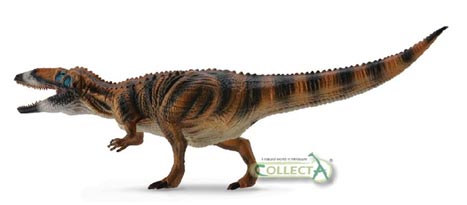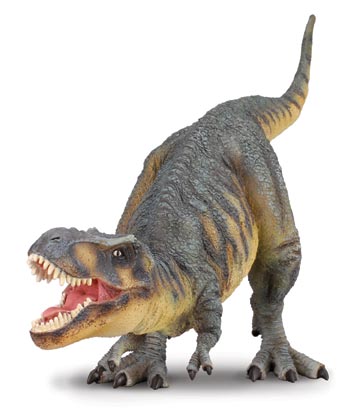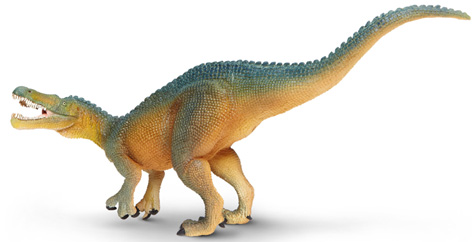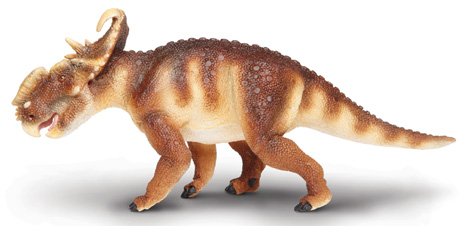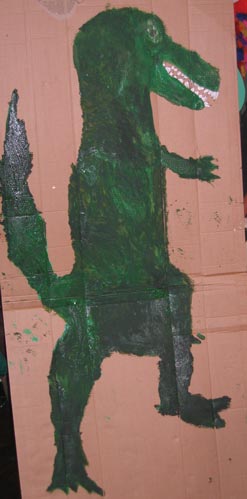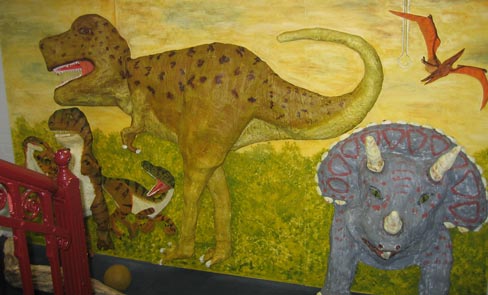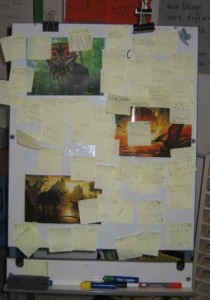Australian Zircon Suggests Earth Cooled Around 4.4 Billion Years Ago
An international team of scientists led by Professor John Valley (University of Wisconsin-Madison) have found evidence that our planet cooled much earlier than previously thought. A cooler Earth could perhaps have led to an earlier start for life on our planet.
The Age of the Earth
Our solar system is believed to be somewhere around 4.56 billion years old. It was formed from an enormous cloud of gas and dust (the solar nebula) that started to collapse in on itself under the force of gravity. As this collapse occurred the mass of dust and gas flattened into an ever-faster spinning disc of debris. It bulged at the centre, becoming extremely hot and this formed our sun. Orbiting debris went on to form the rocky inner planets (including Earth), as well as the gas giants, the dwarf Pluto and the asteroid belt.
Analysis of a tiny fragment of zircon, excavated from a remote outcrop of rock in Australia has helped the researchers to form a picture of how Earth may have become able to sustain life around 4.4 billion years ago, just 160 million years or so, after the planet first formed.
Writing in the academic journal “Nature Geoscience”, Professor Valley, a renowned geochemist, stated that the study of this tiny zircon, a fragment of the Earth’s crust from that time, confirms that the Earth cooled and became habitable, this research not only has implications for the study of life on Earth, but it may also provide scientists with a better understanding of how other habitable planets may form.
Australian Zircon
Building on previous lead isotope analysis that proved the zircons extracted from rocky exposures in Western Australia’s Jack Hills region were the oldest known bits of Earth’s crust, the microscopic zircon used in this study has been confirmed as the oldest known material of any kind on our planet.
Commenting on the implications, Professor Valley said:
“This strengthens the theory of a cool early Earth, where temperatures were low enough for liquid water, oceans and a hydrosphere to form not long after the planet’s crust congealed from a sea of molten rock This study reinforces our conclusion that Earth had a hydrosphere before 4.3 billion years ago and possibly life not long after.”
A new technique was used in the analysis of the zircon sample, a technique called atom-probe tomography, that when used in combination with ion mass spectrometry allowed the scientists to establish with great accuracy the age and thermal history of the material. The mass of individual atoms of lead was calculated in the sample. Instead of being distributed in a random fashion it was discovered that the lead atoms in the zircon had clumped together “like raisins in a pudding”.
The Thermal History of the Zircon
The clusters of lead atoms formed around one billion years after the crystallisation of the zircon material, by which time radioactive decay of uranium-235 had formed the lead atoms that formed clumps as the zircon was re-heated. The re-heating took place around 3.4 billion years ago, this concentrated the lead atoms together and this formation allowed the research team to plot the thermal history of the zircon through deep time.
An Example of a Zircon Used in the Study
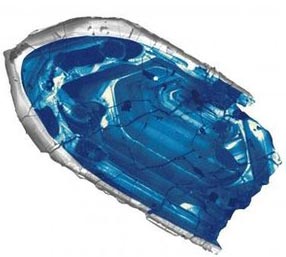
4.4 billion-year-old zircon crystals provide evidence of Earth cooling.
Picture credit: Professor John Valley
Radioactive elements such as uranium decay from the moment of their formation at a steady, uniform rate. The decay occurs when negatively charged particles present in each atom (electrons) are lost. This results in the creation of a series of “daughter atoms” known as isotopes such as uranium-235 decaying into lead-207. As the decay takes place at a regular, consistent rate it is like setting a clock in motion. Scientists can measure the relative proportions of the isotopes and determine the amount of time that has passed since the material was formed.
Although the clumps of lead are microscopic (less than fifty atoms in diameter), the isotopes and their clumping provides a reliable record of the age and the history of the material.
In addition, Professor Valley and his team measured oxygen isotope ratios in a bid to gain further evidence of a stabilisation of conditions on Earth,
The Professor explained:
“The Earth was assembled from a lot of heterogeneous material from the solar system, the Earth also experienced an intense bombardment by meteors, including a collision with a Mars-sized object about 4.5 billion years ago, that formed our moon [probably] and melted and homogenised the Earth. Our samples formed after the magma cooled and prove that these events were very early.”
The Unique Earth
Earth is unique amongst the known planets in that it has abundant surface water and H2O can be present in its three forms, as water vapour, as a liquid and as a solid – ice. The presence of water would have acted as a catalyst to the start of life and zircon grains have been found that were deposited by water some 4 billion years ago. Pillow lavas from western Greenland, formed by volcanic activity underwater have been dated to 3.8 billion years ago.
When detectable life on Earth formed is still open to debate. Whatever form this early life took, it was most probably tough, microscopic archaebacteria or eubacteria. Evidence for single celled organisms have been found in Archean rocks dated between 3.49 and 3.43 billion years of age.
Placing the Jack Hills Material into a Timeline of Deep Geological Time
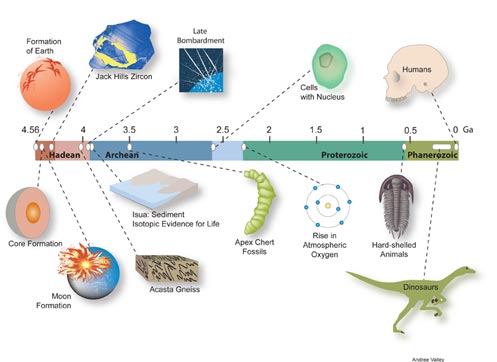
A simplified timeline showing where the 4.4 billion year old crystal fits.
Picture credit: Andree Valley


